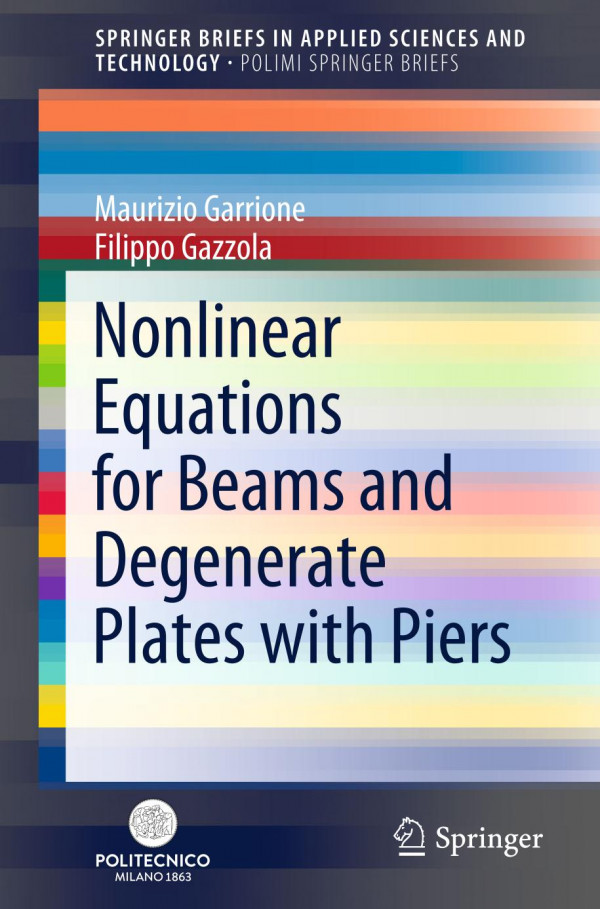

Most ebook files are in PDF format, so you can easily read them using various software such as Foxit Reader or directly on the Google Chrome browser.
Some ebook files are released by publishers in other formats such as .awz, .mobi, .epub, .fb2, etc. You may need to install specific software to read these formats on mobile/PC, such as Calibre.
Please read the tutorial at this link: https://ebookbell.com/faq
We offer FREE conversion to the popular formats you request; however, this may take some time. Therefore, right after payment, please email us, and we will try to provide the service as quickly as possible.
For some exceptional file formats or broken links (if any), please refrain from opening any disputes. Instead, email us first, and we will try to assist within a maximum of 6 hours.
EbookBell Team

4.1
10 reviewsThis book develops a full theory for hinged beams and degenerate plates with multiple intermediate piers with the final purpose of understanding the stability of suspension bridges. New models are proposed and new tools are provided for the stability analysis. The book opens by deriving the PDE’s based on the physical models and by introducing the basic framework for the linear stationary problem. The linear analysis, in particular the behavior of the eigenvalues as the position of the piers varies, enables the authors to tackle the stability issue for some nonlinear evolution beam equations, with the aim of determining the “best position” of the piers within the beam in order to maximize its stability. The study continues with the analysis of a class of degenerate plate models. The torsional instability of the structure is investigated, and again, the optimal position of the piers in terms of stability is discussed. The stability analysis is carried out by means of both analytical tools and numerical experiments. Several open problems and possible future developments are presented. The qualitative analysis provided in the book should be seen as the starting point for a precise quantitative study of more complete models, taking into account the action of aerodynamic forces. This book is intended for a two-fold audience. It is addressed both to mathematicians working in the field of Differential Equations, Nonlinear Analysis and Mathematical Physics, due to the rich number of challenging mathematical questions which are discussed and left as open problems, and to Engineers interested in mechanical structures, since it provides the theoretical basis to deal with models for the dynamics of suspension bridges with intermediate piers. More generally, it may be enjoyable for readers who are interested in the application of Mathematics to real life problems.